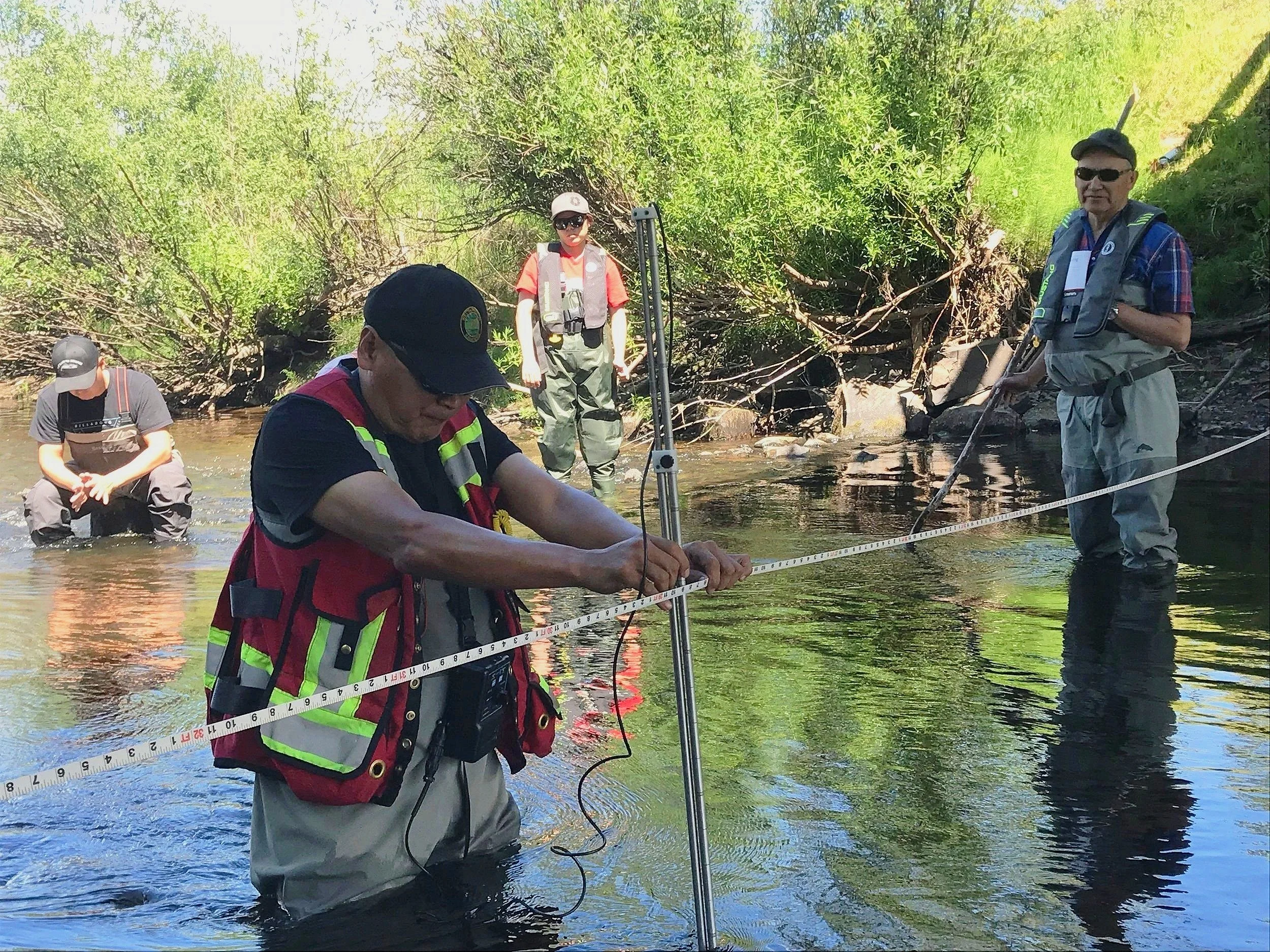
Protecting the Widzin Kwah for future generations…
The Widzin Kwah Water Sustainability Project (WWSP) is a joint initiative led by two governments: the Office of the Wet’suwet’en and the Province of BC. The project aims to create clear, holistic, and implementable water objectives through the Water Sustainability Act and a long-term Water Sustainability Plan within the project area which encompasses the Morice River and upper section of the Bulkley River.
We want to invite those who live and work in the Widzin Kwah to be a part of bringing this vision to life, recognizing that the health of our communities is sustained by our working watershed.

We have a shared vision to meaningfully weave together Wet’suwet’en and B.C. ways of governing and stewarding water within the Widzin Kwah and broader Yintah, contributing to a sustainable future for generations to come.
“Water has a spirit. Treat it that way, nurture it, and it will take care of you.”
- Mike Ridsdale, Office of the Wet’suwet’en
Widzin Kwah, the river of clear, blue-green waters…
What is known by the Wet’suwet’en as Widzin Kwah, is commonly referred to as the Morice River. Water flows from its headwaters at Morice Lake (Widzin Bin), to where it meets and joins the Upper Bulkley River (Neexdzii Kwah) and continues as Widzin Kwah until it joins with the Skeena River. Widzin Kwah and its watershed are central to Wet’suwet’en culture and ways of being, and highly valued by surrounding communities.
In Wet’suwet’en, kwah means river, bin means lake and t’oh means water. Using Wet’suwet’en place names is a way to acknowledge the deep connection Wet’suwet’en carry to their clan territories.
Explore the Wet’suwet’en Language Glossary to learn more terms relating to the project.
Project Information
Learn more about the Wizdin Kwah Water Sustainability Project
Project Documents
Explore project maps and related documents such as the Memorandum of Understanding between Office of the Wet’suwet’en and British Columbia
Wet'suwet'en Language Glossary
Become familiar with the Wet’suwet’en meaning of various project related terms including place names












